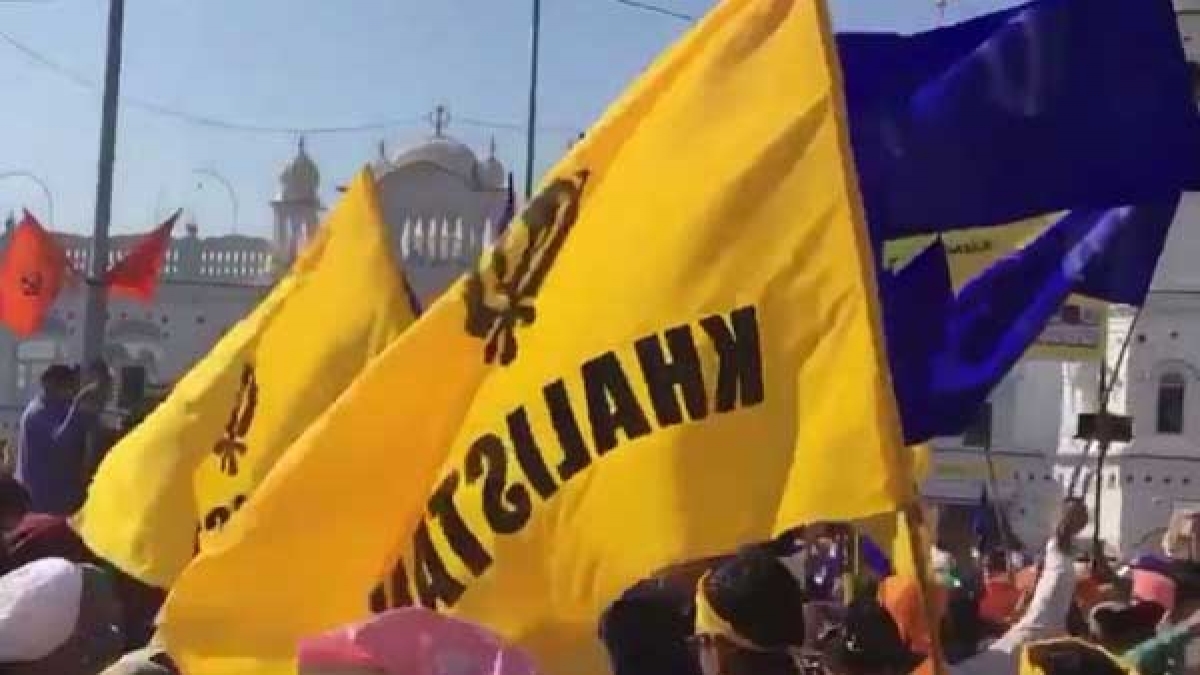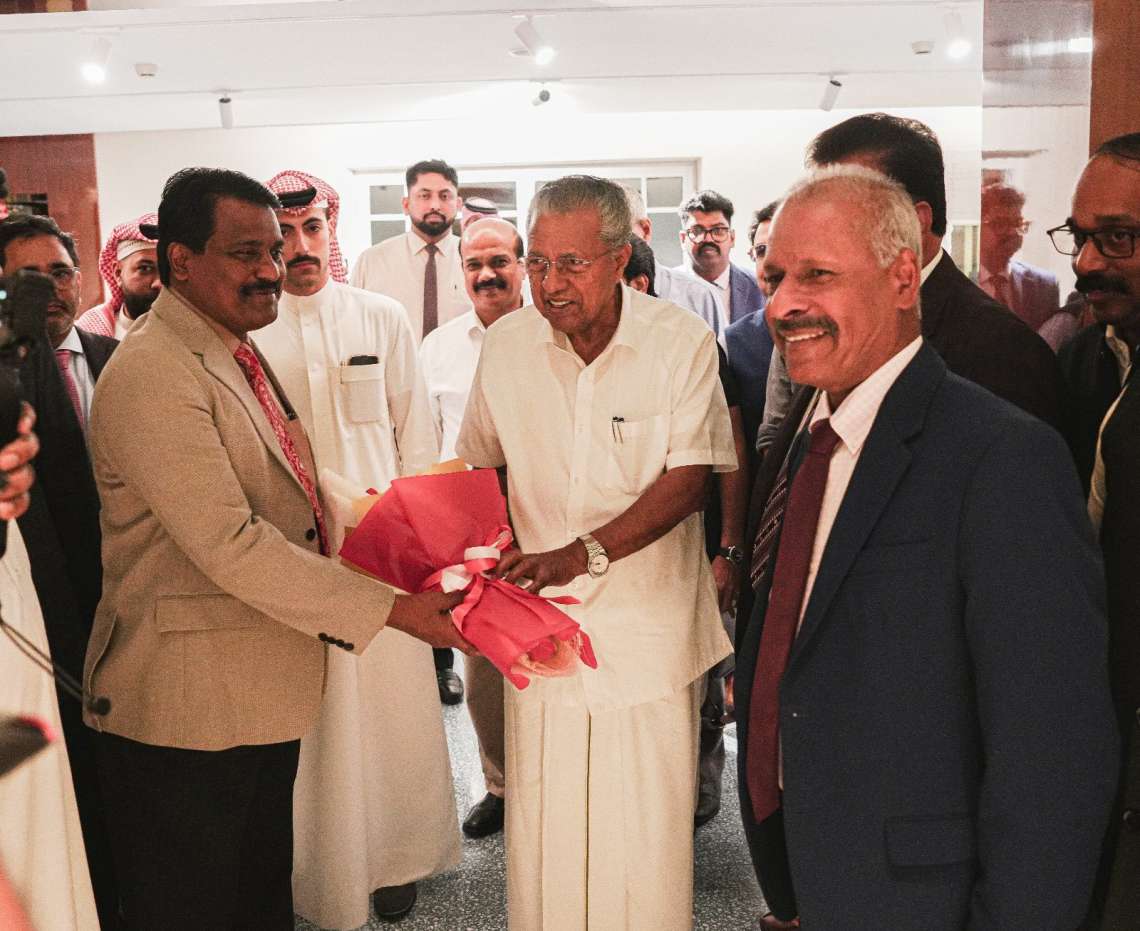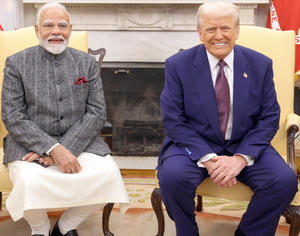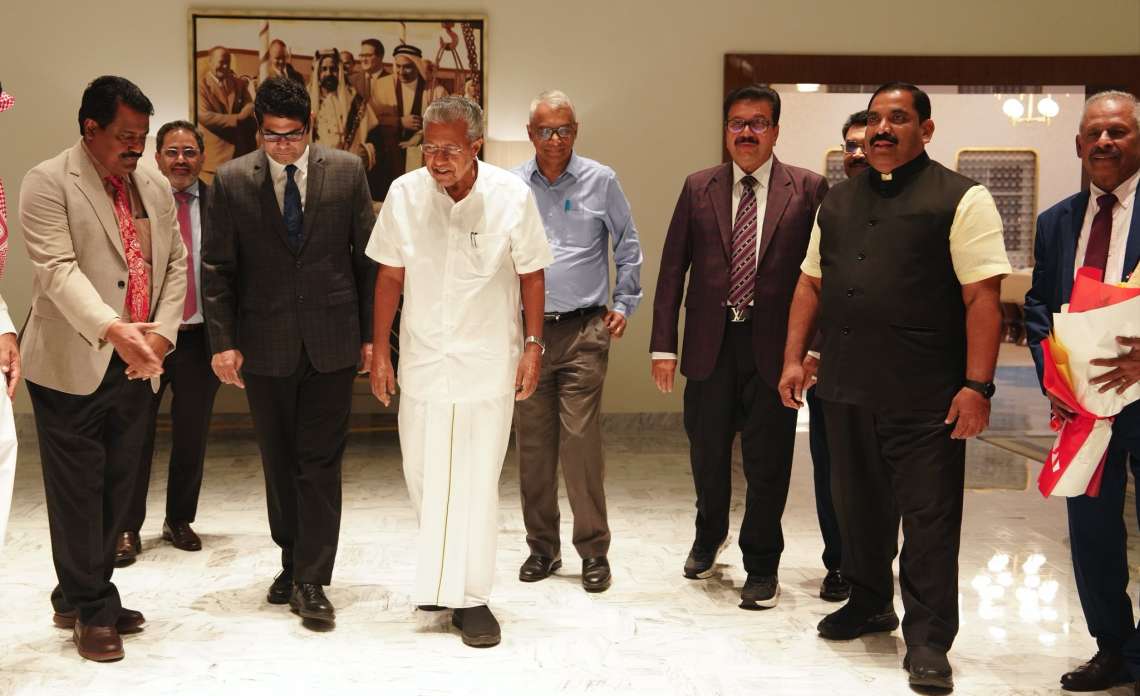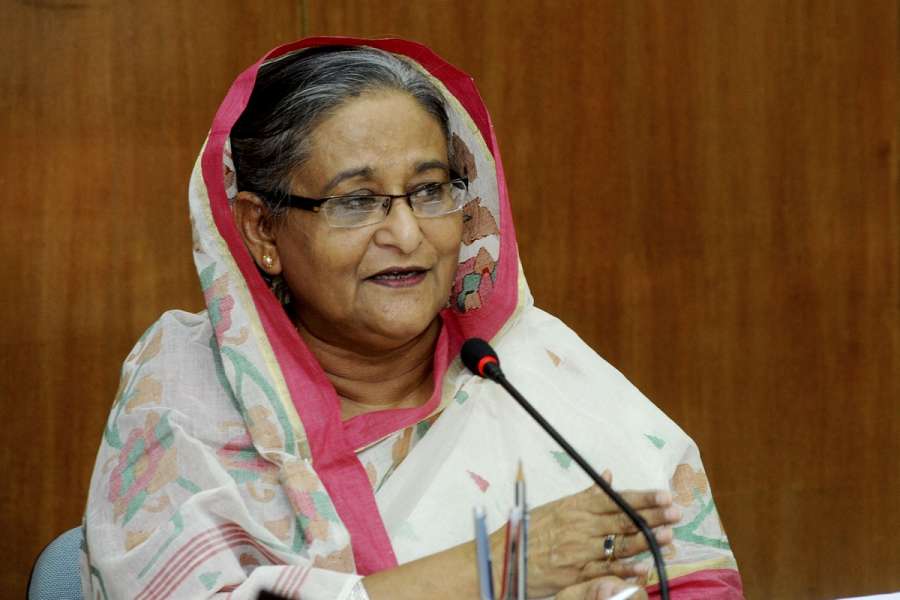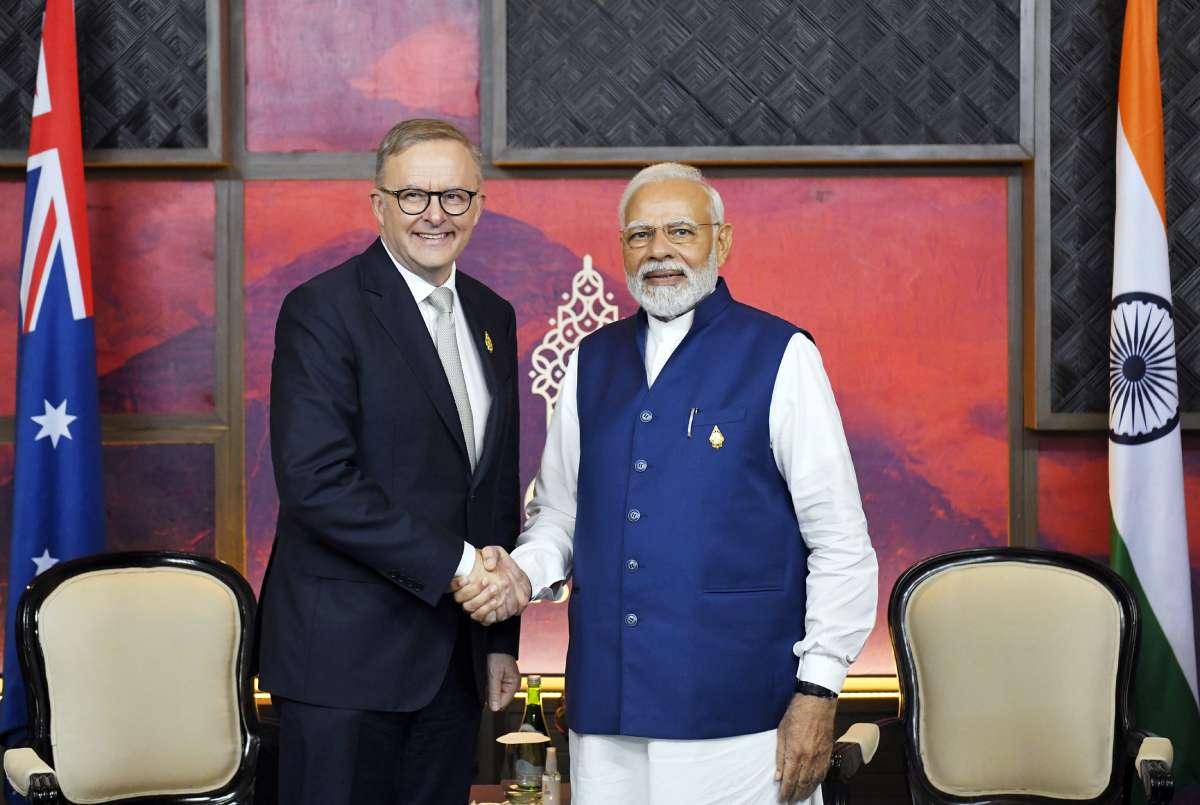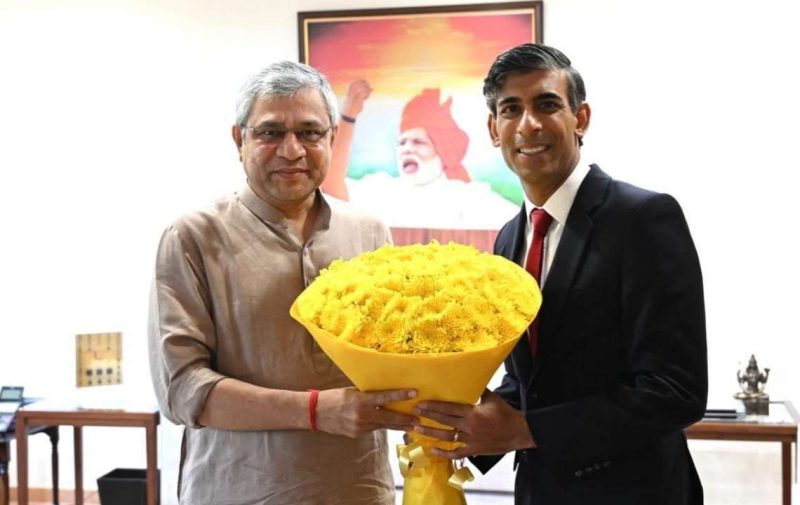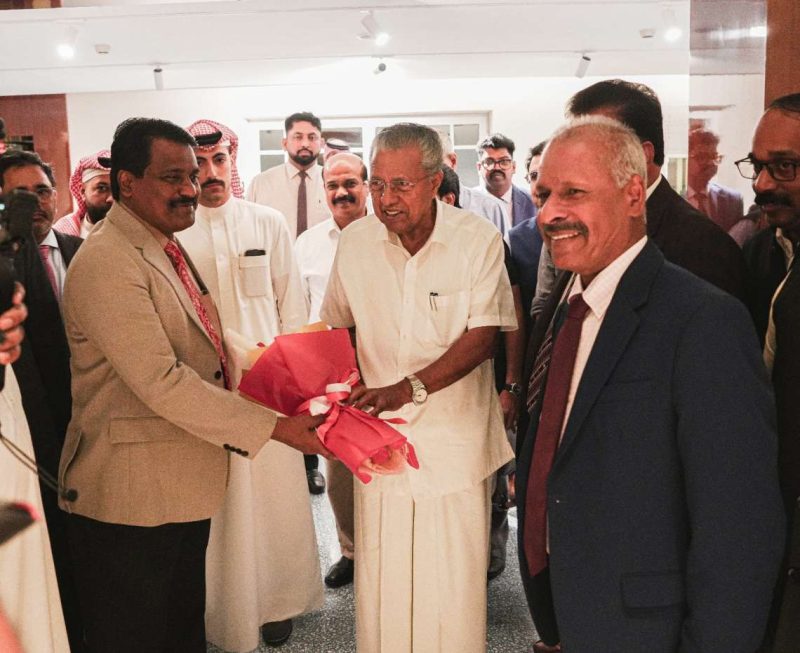Khalistani Chief Panjwar, who was given a large amount of funds to resurrect Khalistani sentiments in India, had failed to do, which led to him being declared as an entity who had lost his use and hence become expendable….writes Abhinandan Mishra
A senior retired decorated Pakistan Army officer has confirmed how the Pakistan Army and its intelligence agency, the Inter-Services Intelligence (ISI) was funding, supporting Khalistani armed groups in India and facilitating the entry of drugs and fake Indian currency notes into India.
On 6 May, hours after the absconding chief of Khalistani Commando Force, Paramjit Singh Panjwar, who was given a new identity under the name of Malik Sardar Singh by ISI, was gunned down in Lahore, Major (Retired) Aadil Farooq Raja on his much followed YouTube channel attacked the Pakistan military and the ISI for not being able to protect Panjwar.
As per Raja, who has long ties with the Army, going back three generations, Panjwar was killed in the heart of Lahore in what he claimed was an operation that was executed by the Indian intelligence agency, Research and Analysis Wing (R&AW).
However, independent investigation done by The Sunday Guardian, indicates that Panjwar, who was given a large amount of funds to resurrect Khalistani sentiments in India, had failed to do, which led to him being declared as an entity who had lost his use and hence become expendable.
Informed sources told The Sunday Guardian that this money that Panjwar received had come through people suspected to have connections with the Chinese intelligence agency, Minister of State Security (MSS). However, his failure to do what he had committed led to his violent death. Panjwar was a key player in the “K2 project” of ISI and MSS. The K2 project refers to the joint coordination of ISI-MSS to spread disturbance in Kashmir and propagate Khalistani sentiments in Punjab.
Raja, in his “live” telecast, provided details that have not come out in the public domain until now. According to him, Panjwar was provided two gunmen as bodyguard who managed to kill one of the two assailants, while injuring the other. The assailants had come on a motorbike to carry out the attack even as the 50-year-old Panjwar was taking his routine morning walk outside his home at Sunflower Housing society of Lahore.
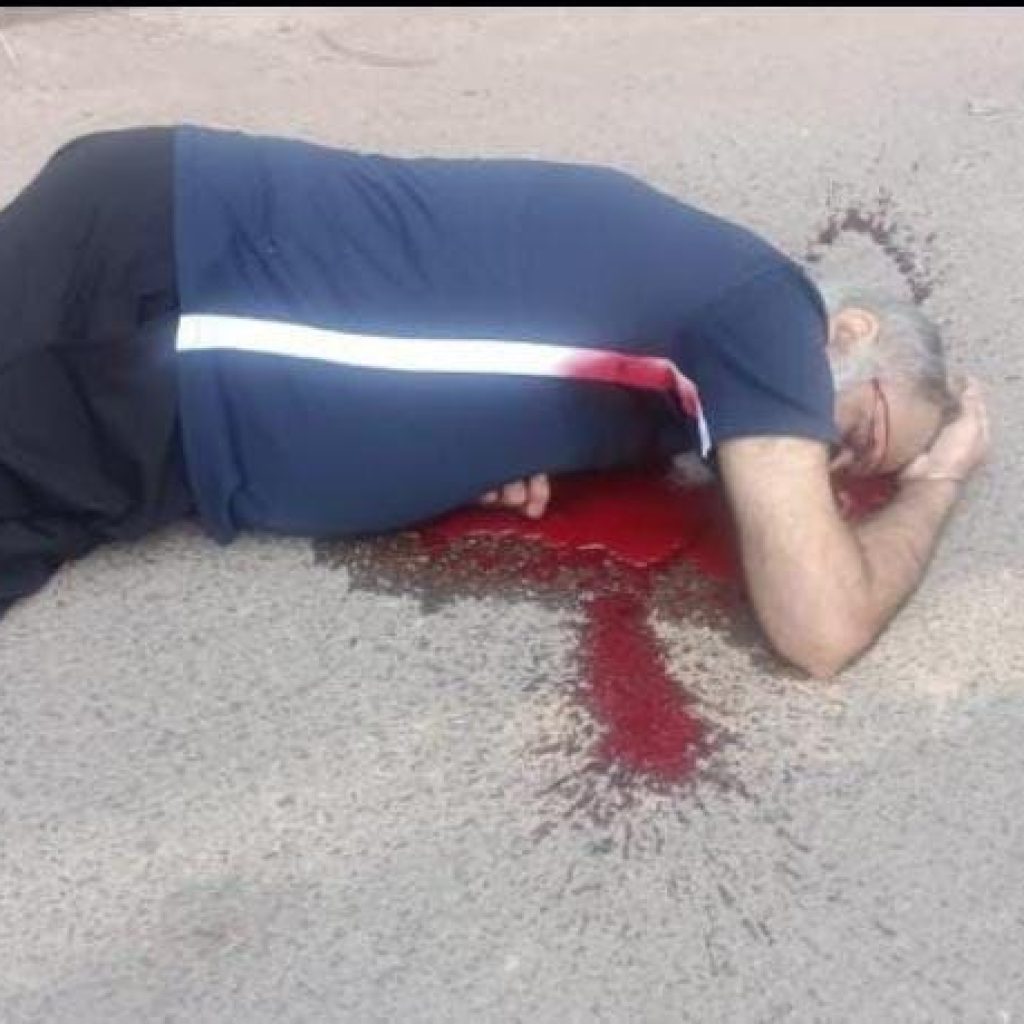
At least ten of Raja’s cousins are still serving in the Army and all his course mates are working in the position of lieutenant general and above and hence the pool from where he collects his information is quite large.
To be sure, R&AW has never claimed in the past or is unlikely to do in the near present, responsibility for any such operations that have taken place targeting proclaimed offenders and terrorists.
“His protection was the responsibility of ISI and the Army. This is a massive failure of Brigadier Rashid Naseer, who is heading ISI in Punjab, Director General of ISI Nadeem Anjum and Pakistani Army chief Asim Munir. The ISI and the Army should not have given refuge to the Khalistani commando chief if they could not protect him and they failed to protect him because either they are busy in doing politics or have backstabbed the Sikhs again,” Raja said.
According to Raja, the timing of the attack too has raised questions, as it came even as Pakistan Foreign Minister Bilawal Bhutto was visiting India, whose mother he claimed (former PM Benazir Bhutto) shared with India the details of all the Khalistani operatives that were infiltrated by ISI in Punjab, India through marriages and other methods in December 1988.
Raja claimed that the said list was provided to Indian officials by Choudhary Aitzaz Ahsan, the 26th interior minister from December 1988 to August 1990 on the orders of Benazir.
Raja also mentioned the name of former ISI director, Shamsur Rahman Kallue who served as the agency’s ninth DG from May 1989-August 1990 as being a part of this whole Benazir Bhutto led plan, which he said was a part of the “peace initiative” that Bhutto wanted to execute with India.
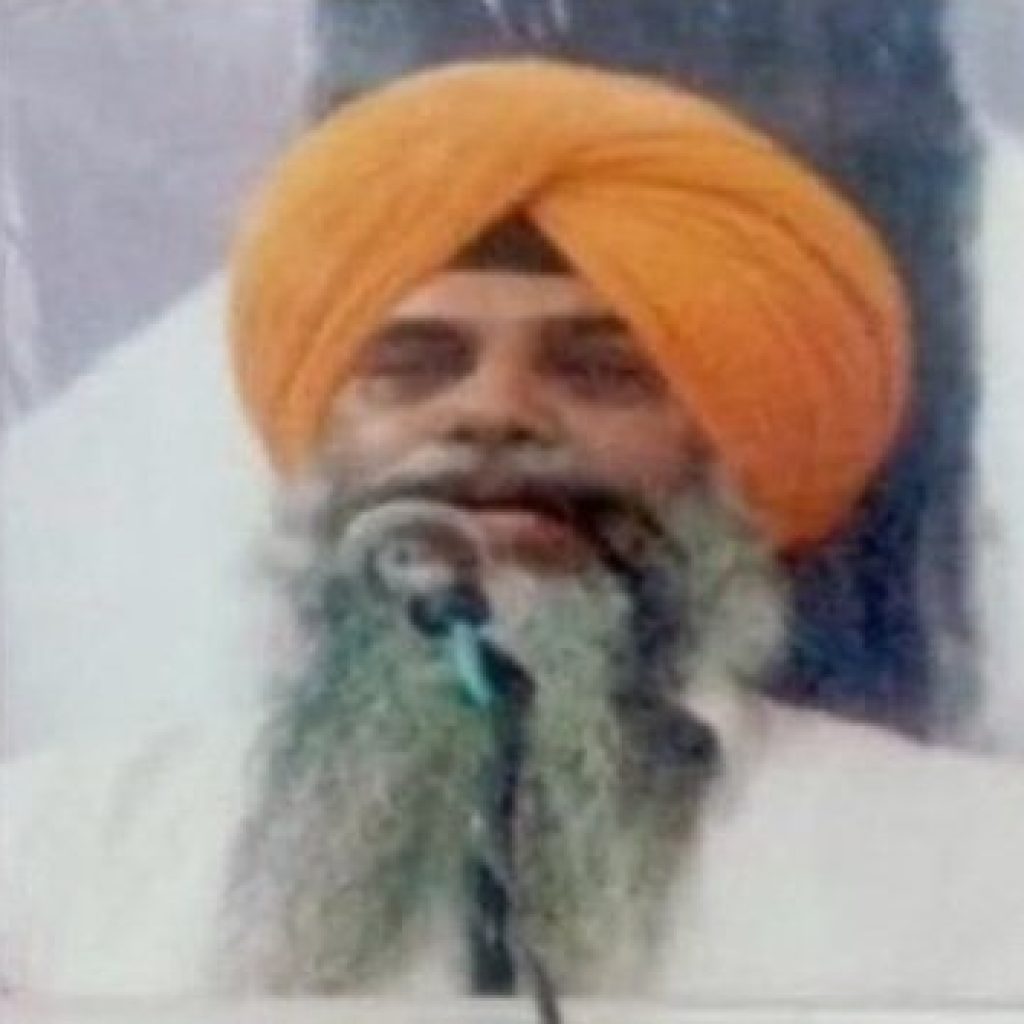
Raja then went on to reveal how Panjwar came to Pakistan as the head of KCF in the 1990 and carried out many attacks in India. According to him, General Arun Kumar Vaidya, the former Chief of Indian Army, was killed by Panjwar and KCF in August 1986. Raja revealed that the Majha belt of Punjab was Panjwar’s stronghold and after the death of Vaidya, the KCF chief fled India and was given refuge in Pakistan.
Significantly, Raja mentioned about the present role that Panjwar was playing in distributing drugs in Pakistan.
“Panjwar had kept alive the KCF until now. He was the man behind ‘udta Punjab’ and he was sending the heroine to Punjab. He was the main link between handlers, drug peddlers in India and Pakistan. Panjwar used Radio Pakistan to propagate Khalistani propaganda in Pakistan and India. He was involved in drug distribution and Fake Indian Currency Trade (FICN) which was necessary as he had to raise funds to keep the issue of Khalistan alive,” Raja recalled.
According to him, multiple serving Pakistani Army generals were earning money through this oil, arms, drug and FICN smuggling.
The 1978 Peshawar born Major Aadil Farooq Raja is no ordinary Pakistani Army officer. Raja, who is based in London now, is a staunch supporter of ousted Prime Minister Imran Khan and a known critic of the present Pakistani military establishment.

However, it is not his present, but his past that makes his claims credible.
He is a third-generation Army soldier. His grandfather Mohammad Akbar Khan served in the 1948, 1965 and 1971 wars with India. He became a prisoner of war (PoW) for four years before he was released by India. Khan, who had four sons, shifted to Canada after his release.
All his four sons later joined the Pakistani military. Two of his sons, including the father of Aadil Farooq Raja joined the Army. Of the remaining two, one son joined the Air Force, while the youngest son joined the Navy.
Raja’s maternal uncle too was in Armoured Corp, his grandfather was an officer of the Intelligence Bureau and was based in London.
Adil Raja himself joined the Pakistan Army in 1996 through the 99 long courses of the Pakistan Military Academy and passed out in August 1999. He started with the 18 Horse Regiment of the Armed Corp. He served during the Kargil War and then was posted at the Siachen Glacier. He also served with the 12 Frontier Force and then as wing commander in the Khyber Rifles. He faced four IED attacks and one suicide bomber attack.
He resigned in 2015 when he was posted in the SWAT region. He was given retirement on medical reasons and for post traumatic stress disorder. While in the Army, he completed his Masters in International Relations from the University of Peshawar.
After retiring, he started working with the Inter-Services Public Relations (ISPR), the media and PR wing of the Pakistan Armed Forces on 5th generation warfare and constituted a team that was actively engaged in hybrid war against Pakistan’s adversaries.
For three years, he served as the Spokesperson of the Pakistan Ex Servicemen Society from which he resigned on 19 April 2018. His house was then raided by the ISI on 21 April 2022 after which he shifted to London. The Sunday Guardian reached out to Raja for a response on his claims, but no response was received till the time the story went to print.


